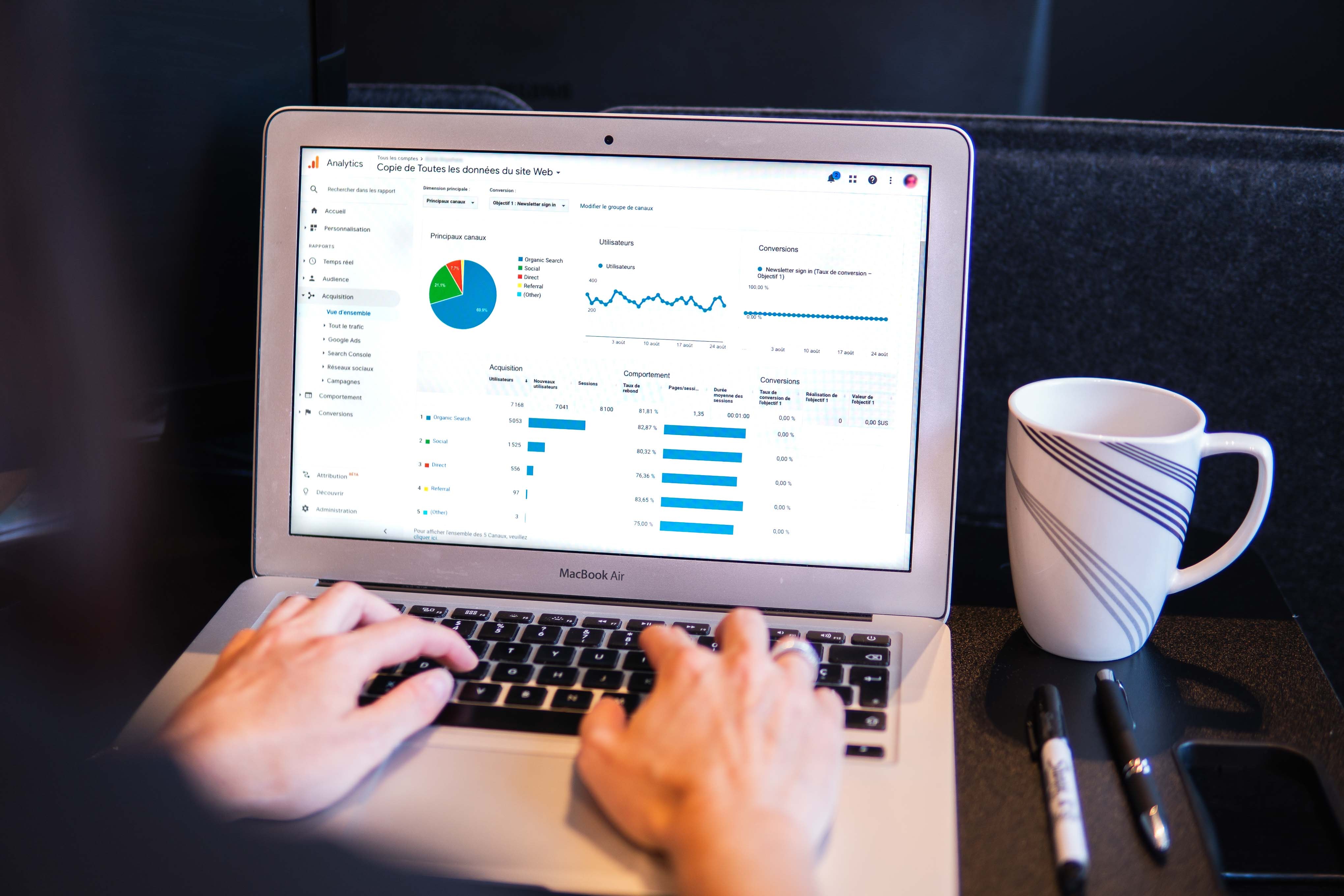All About KPIs: Key Performance Indicators for Marketing


Businesses must rely on data to gauge their marketing success. The ability to measure and optimize performance depends on tracking the right metrics, often referred to as digital marketing key performance indicators, or KPIs. These indicators help you understand what’s working, what isn’t, and where to focus your efforts.
Let’s explore some of the most essential metrics and how they play a role in ensuring successful campaigns for your business.
Why Digital Marketing KPIs Matter
Every business has goals — driving more sales, generating leads, or increasing brand awareness, for example. By focusing on key performance indicators for marketing, your business can align your campaigns with those goals. These metrics not only provide insights into your performance but also help you make data-driven decisions to maximize return on investment (ROI).
Essential Metrics to Analyze Campaign Performance
Analyzing campaign performance requires a clear understanding of key metrics that reveal how well your marketing efforts are driving results. By monitoring essential metrics, you can assess the effectiveness of your strategies, optimize campaigns, and ensure that you're meeting business objectives. Here’s a look at the most important metrics to track for successful campaign analysis.
Conversion Rate
Conversion rate measures the percentage of users who take a desired action, like making a purchase or signing up for your business’ newsletter. It’s one of the most direct ways to gauge how effective your campaigns are in achieving their objectives.
Click-Through Rate (CTR)
The click-through rate, or CTR, tells you how many people clicked on your link or ad compared to how many people saw it. A high click-through rate indicates your business’ ad messaging and creative assets are resonating with your audience.
Cost Per Acquisition (CPA)
Cost Per Acquisition (CPA) measures how much you're spending to acquire each new customer through your marketing campaigns. By calculating this metric, you can evaluate the efficiency of your advertising spend. Keeping CPA low helps ensure your campaigns are cost-effective, optimizing profitability while attracting valuable customers.
Return on Ad Spend (ROAS)
Return on Ad Spend (ROAS) measures the revenue generated for every dollar spent on advertising. It helps you understand the effectiveness of your ad campaigns in driving profits. By analyzing ROAS, you can identify which strategies and channels are delivering the highest returns, allowing for better resource allocation and campaign optimization.
Engagement Metrics
Engagement metrics, such as likes, shares, comments, and the amount of time users spend on your website, provide valuable insight into how well your content resonates with your audience. Although these metrics may not directly affect revenue, they signal the effectiveness of your messaging, brand presence, and overall connection with potential customers.
How Digital Marketing Analytics Tools Support KPI Tracking
Tracking these metrics manually can be overwhelming, which is why digital marketing analytics tools are essential. Platforms like Google Analytics, HubSpot, and Facebook Ads Manager allow you to gather, organize, and visualize your data efficiently. These tools help you identify trends, uncover areas for improvement, and make informed adjustments to your campaigns.
For example, if your CTR is high but your conversion rate is low, analytics tools can help pinpoint issues such as ineffective landing pages or misaligned audience targeting. Similarly, tracking ROAS across campaigns can reveal which channels are delivering the best results, enabling you to optimize your ad spend.
How to Measure Digital Marketing Success Effectively
To measure your business’ digital marketing success effectively, focus on tracking key performance indicators that align with your business goals. For example, if your goal is lead generation, focus on metrics like cost per lead and form submissions. For e-commerce, prioritize ROAS, conversion rate, and average order value.
Consistently monitoring these metrics allows you to make data-driven decisions and optimize strategies for better results. A 30-day window is typically a good starting point for most campaigns. This ensures you have enough data to identify patterns and make strategic decisions.
Conclusion
Tracking the right key performance indicators for marketing is essential to your success. By leveraging digital marketing analytics tools and focusing on metrics like CTR, ROAS, and conversion rates, you can analyze campaign performance effectively and refine your strategies to drive better results. With these insights, your business can stay ahead of the competition and maximize its marketing ROI.
Why brands choose MAIUS
Brands come to us for predictable growth, transparent reporting, and a team that actually cares about performance. No long contracts, no jargon. Just better results.


































.jpg)





























































